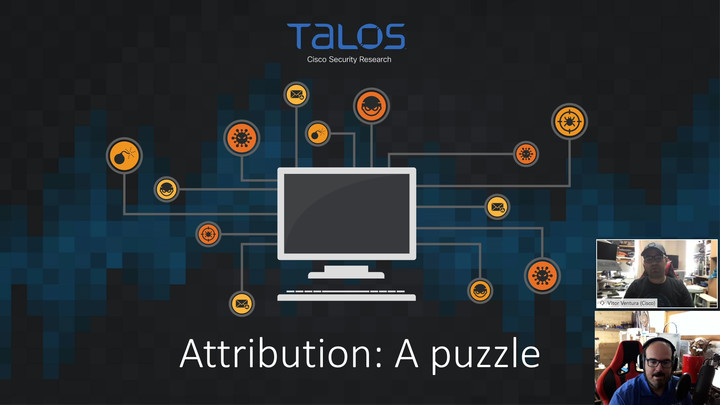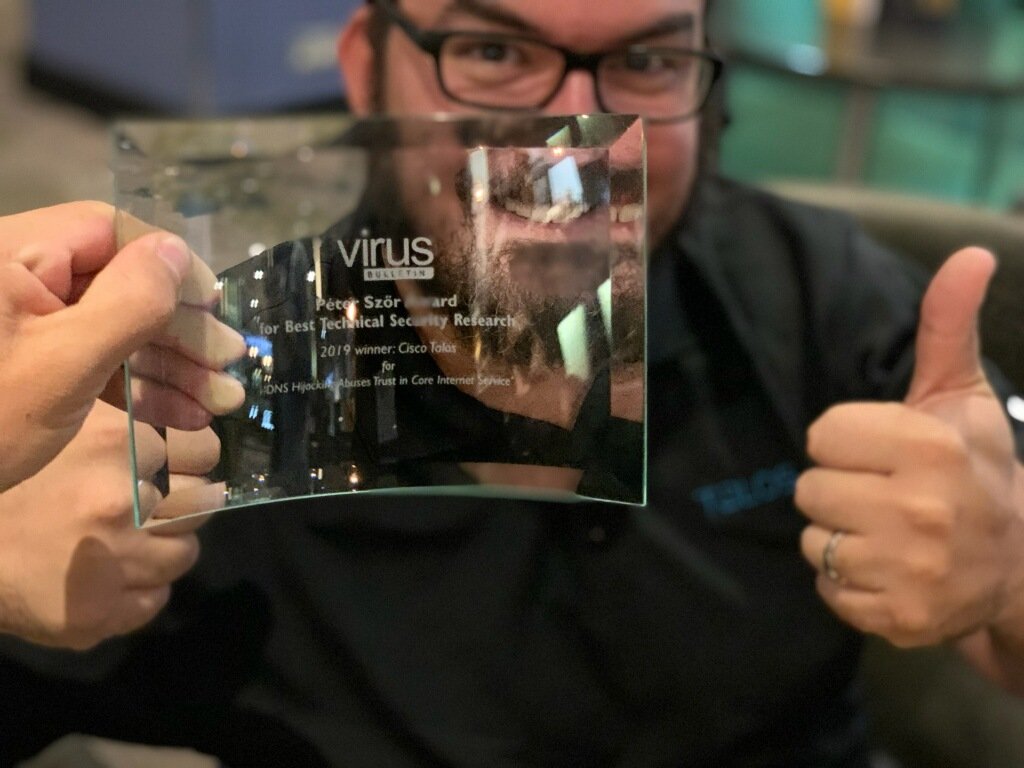Attribution: a puzzle
Paul Rascagneres (Cisco Talos) & Vitor Ventura (Cisco Talos)
19:00 UTC on
Day 1
WEDNESDAY 30 SEPTEMBER
Paul Rascagneres
Cisco Talos
Paul Rascagneres is a security researcher within Talos, Cisco’s threat intelligence and research organization. As a researcher, he performs investigations to identify new threats and presents his findings as publications and at international security conferences throughout the world. He has been involved in security research for seven years, mainly focusing on malware analysis, malware hunting and more specially on advanced persistent threat (APT) campaigns and rootkit capabilities. He previously worked for several incident response teams within the private and public sectors.
Vitor Ventura
Cisco Talos
Vitor Ventura is a Cisco Talos security researcher. As a researcher, he has investigated and published various articles on emerging threats. Most days Vitor hunts for threats, investigating them, reversing code, but also looking for the geopolitical and/or economic context. Vitor has spoken at conferences such as NorthSec, Recon Brussels, DEFCON Crypto Village and BSides Lisbon among others. Previously, he was IBM X-Force IRIS European manager and did penetration testing at IBM X-Force Red. Vitor holds multiple security-related certifications including GREM (GIAC Reverse Engineer Malware) and CISM (Certified Information Security Manager).






 CTA TIPS
CTA TIPS 